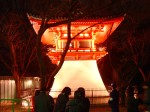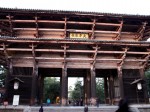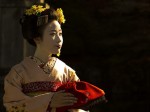Seiza| Lots of pins and needles from this way of sitting!
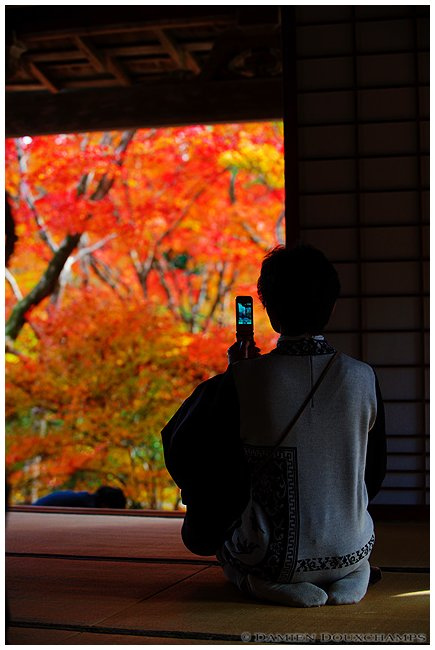
Seiza is a traditional, proper way of sitting that has been past down in Japan. You go from a kneeling position and sit so that your legs are bent beneath. For persons unaccustomed to this tradition, they will find, upon standing, that their legs have gone to sleep and may experience lots of pins and needles. If you get used to doing it however, you will be able to do it for a long time.
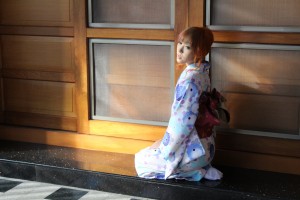
In Japan people rarely sat on the chair when having a meal in the past, but sat directly on tatami. And the way they sit at that time is called “Seiza”.
“Seiza” means to sit in the right way. And there is a determined way to do it. It still remains as a traditional life culture for Japanese who put off shoes in the room and sit on tatami.
When you sit in seiza, not only your back straighten naturally, but also you will feel tense.
Then has seiza rooted in Japan from ancient times? Actually not. As a matter of fact, it’s only one hundred(a century) after seiza has penetrated into Japan.
Actually seiza is still young in Japan.
Until around the Edo period, the right way to sit were “Tatehiza” or “Agura”.
“Seiza” was called “Kiza”(written in two different ways) at that time.
The original style of seiza means “a humbled attitude” and basically used only in Buddhist services.
The right way to sit in other occasions were “agura” or “tatehiza”.
Surely in the Edo period, in other words in the Samurai days, people would’t have taken the trouble to sit in “seiza” which is difficult to move as the knees are bent beneath the body.
“Tatehiza” or “Agura” was suitable for being able to draw a sword and move around as soon as possible.
Then when was the word “seiza” born?
It is said that the word first appeared in “Syougakujoshiyougisyousetsu”(1882).
“Seiza” meant just “the right way to sit” at that time.
The way of sitting called “Tanza” at that time is the same attitude as the way now called “Seiza”. And it regaarded as the right way to sit and “Tanza” became “Seiza”, and is said that it spread among the people becasuse it was taught in Shushin(morals) in 1941.
How to Seiza

